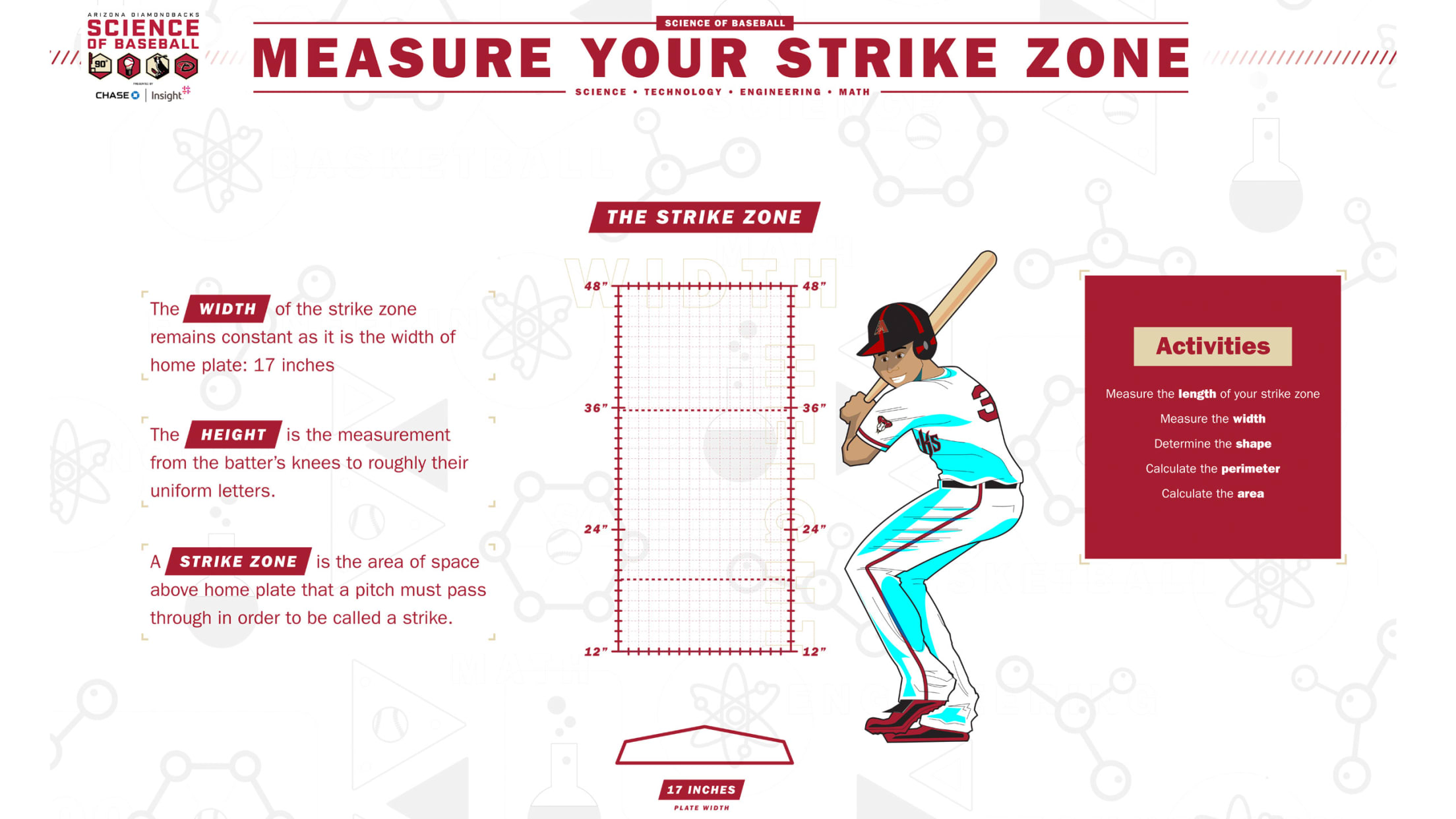May: Measure Your Own Strike Zone, Aerodynamics, Muscles and Ligaments
1. What is the geometric shape of the front of the strike zone?
A. Triangle
B. Oval
C. Trapezoid
D. Rectangle
2. The strike zone is located above which base?
A. First base
B. Second base
C. Third base
D. Home plate
3. How many inches wide is the strike zone?
A. 17”
B. 18”
C. 19”
D. 20”
4. Shorter batters have smaller strike zones (True or False?)
A. True
B. False
5. Which of these is not a type of baseball pitch?
A. Fastball
B. Bowling ball
C. Curveball
D. Slider
6. Which pitch has the most vertical movement?
A. Curveball
B. Fastball
7. Which pitch is typically thrown slower?
A. Slider
B. Knuckleball
8. The Magnus Effect helps explain why:
A. Why hot dogs at Chase Field are so delicious
B. Why a baseball curves through the air when spinning
C. The water temperature of the pool at Chase Field
D. How long the Chase Field roof takes to close
Be sure to come back and check your answers next month!
Player Positions Quiz Answers
1. B, 2. B, 3. D, 4. B, 5. A, 6. A
Batting Average Quiz Answers
1. C, 2. A, 3. D, 4. A, 5. A, 6. A


